14 Feb 1st Global Forum on Childhood Pneumonia photo gallery
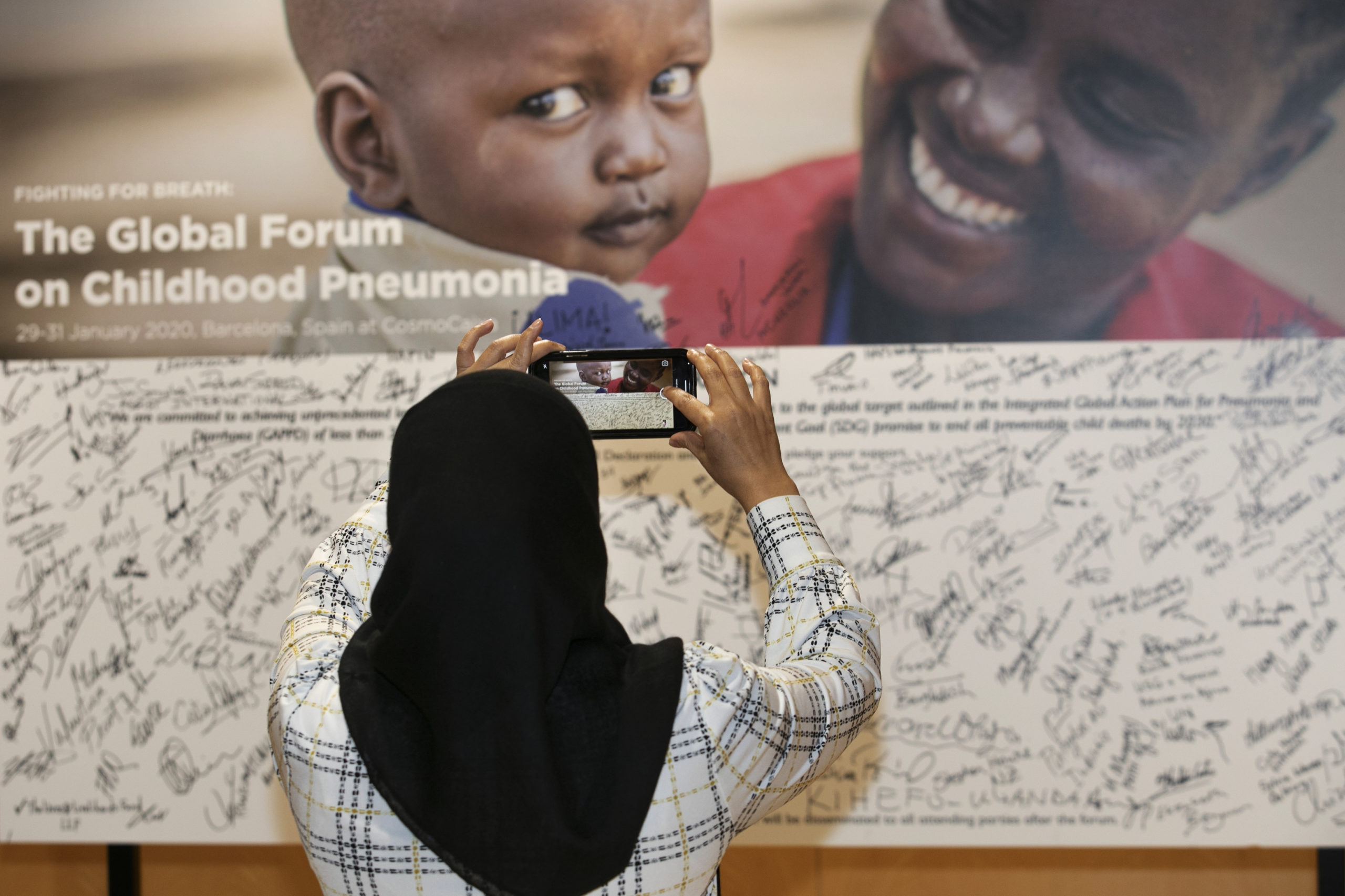
Hundreds signed the 1st Global Forum on Childhood Pneumonia’s Declaration, challenging pneumonia’s status as a global cause without champions…
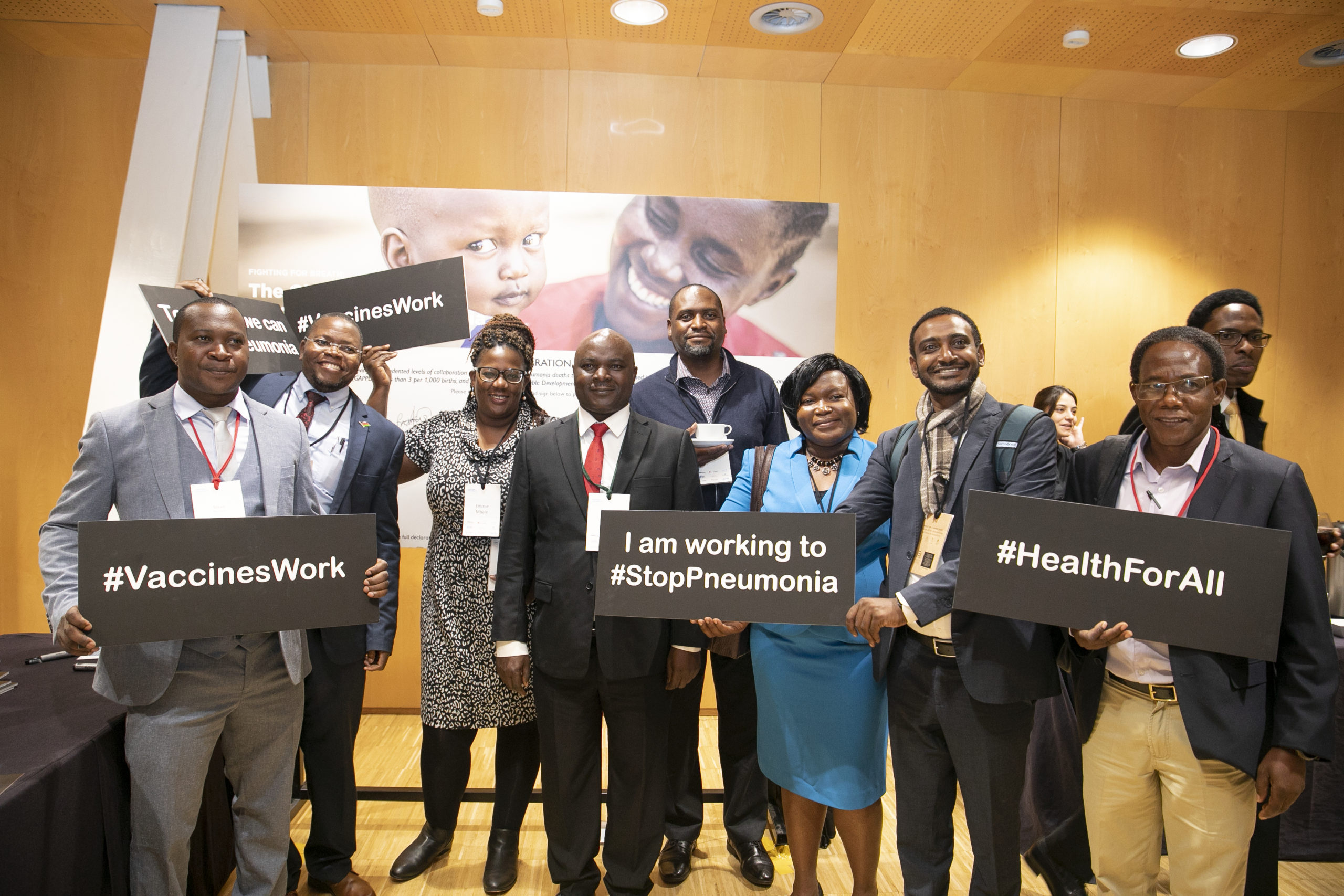
More than 300 attendees from over 20 countries came together to strategize better ways to fight pneumonia, agreeing that, we are not fighting hard enough…
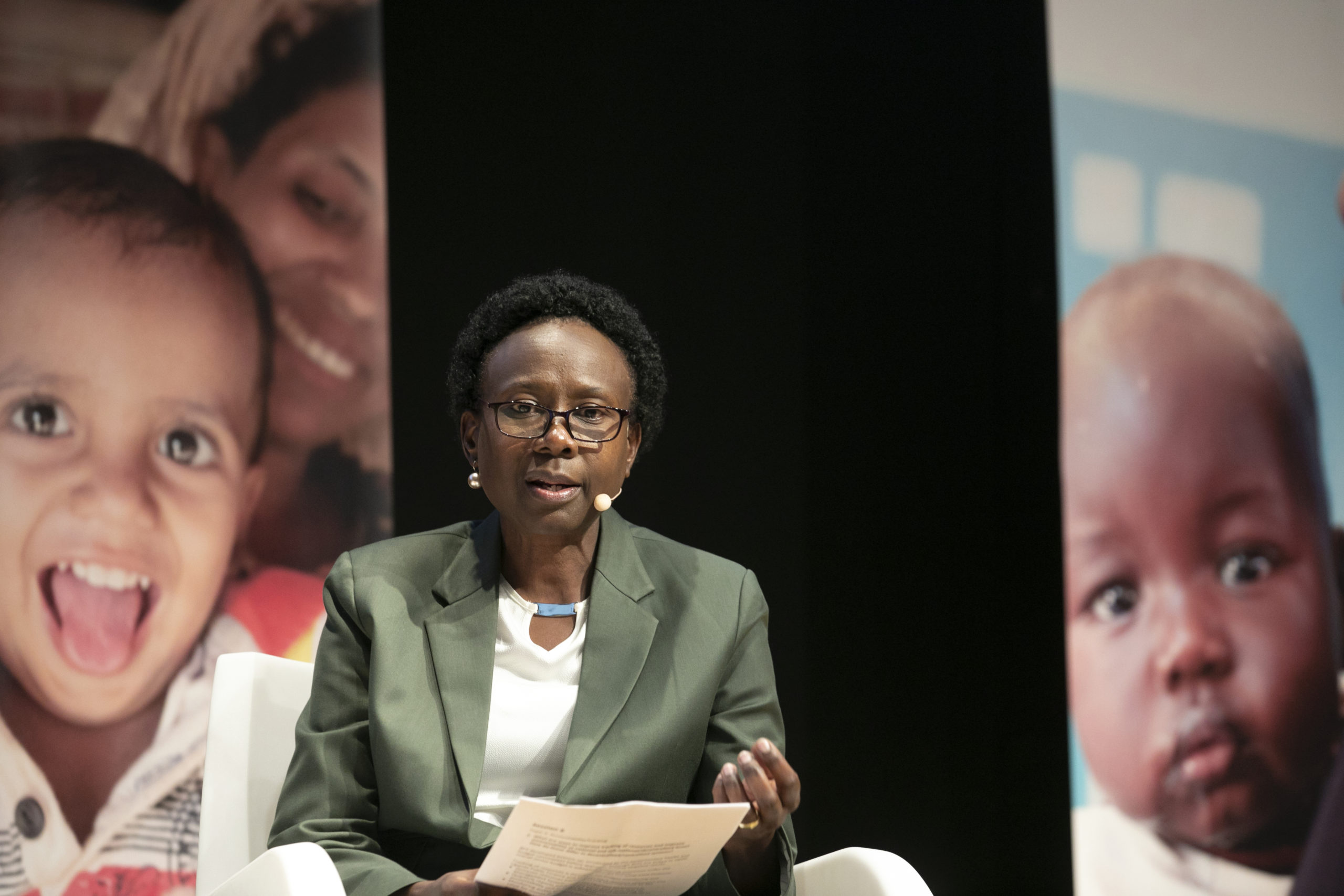
Health Ministers like Uganda’s Dr Jane Ruth Aceng affirmed that fighting childhood pneumonia was a top priority of the government, but more support was needed…
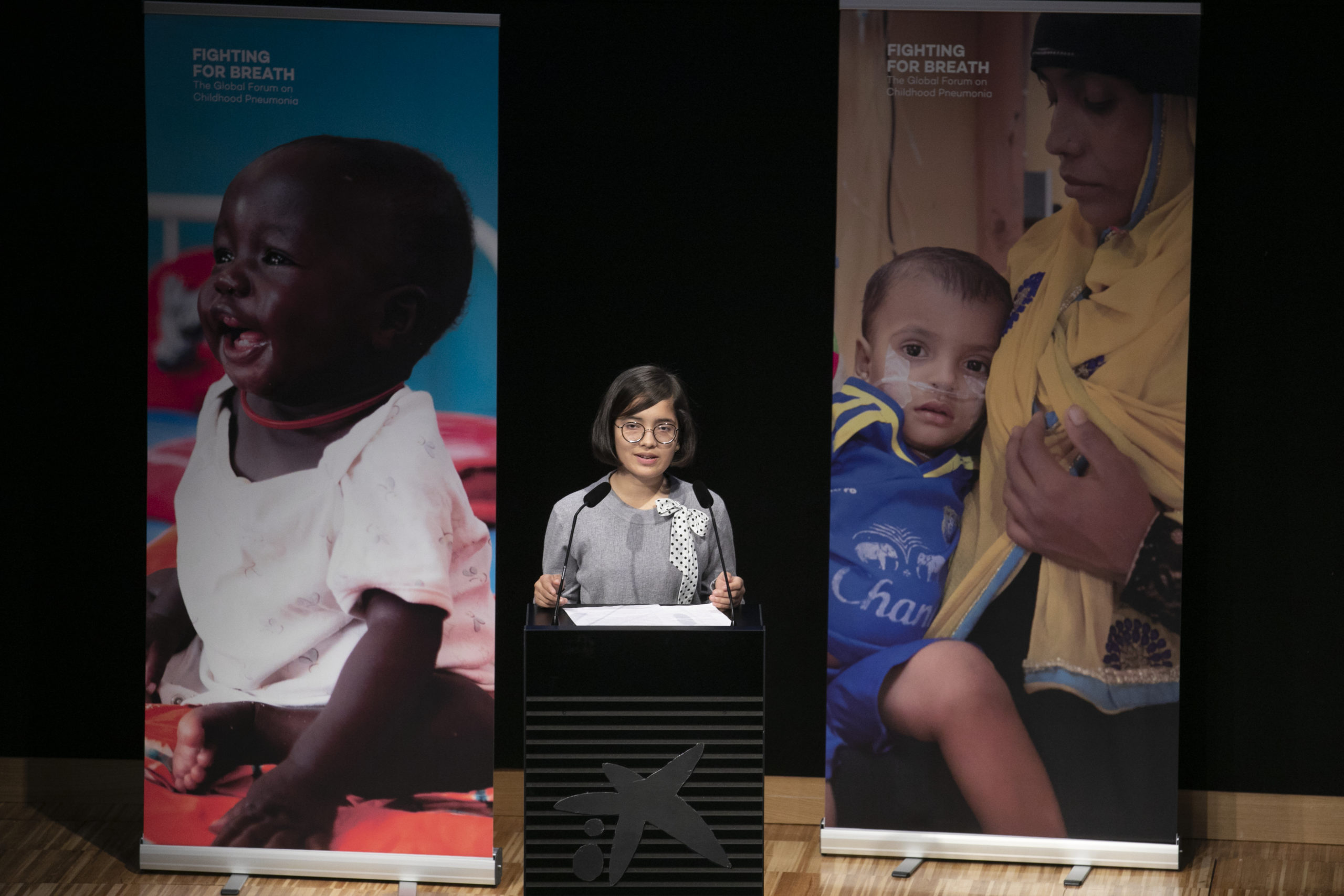
For the first, time youth activists like India’s Ridhima Pandey spoke out about the threat air pollution poses for an entire generation of children at greater risk of pneumonia…
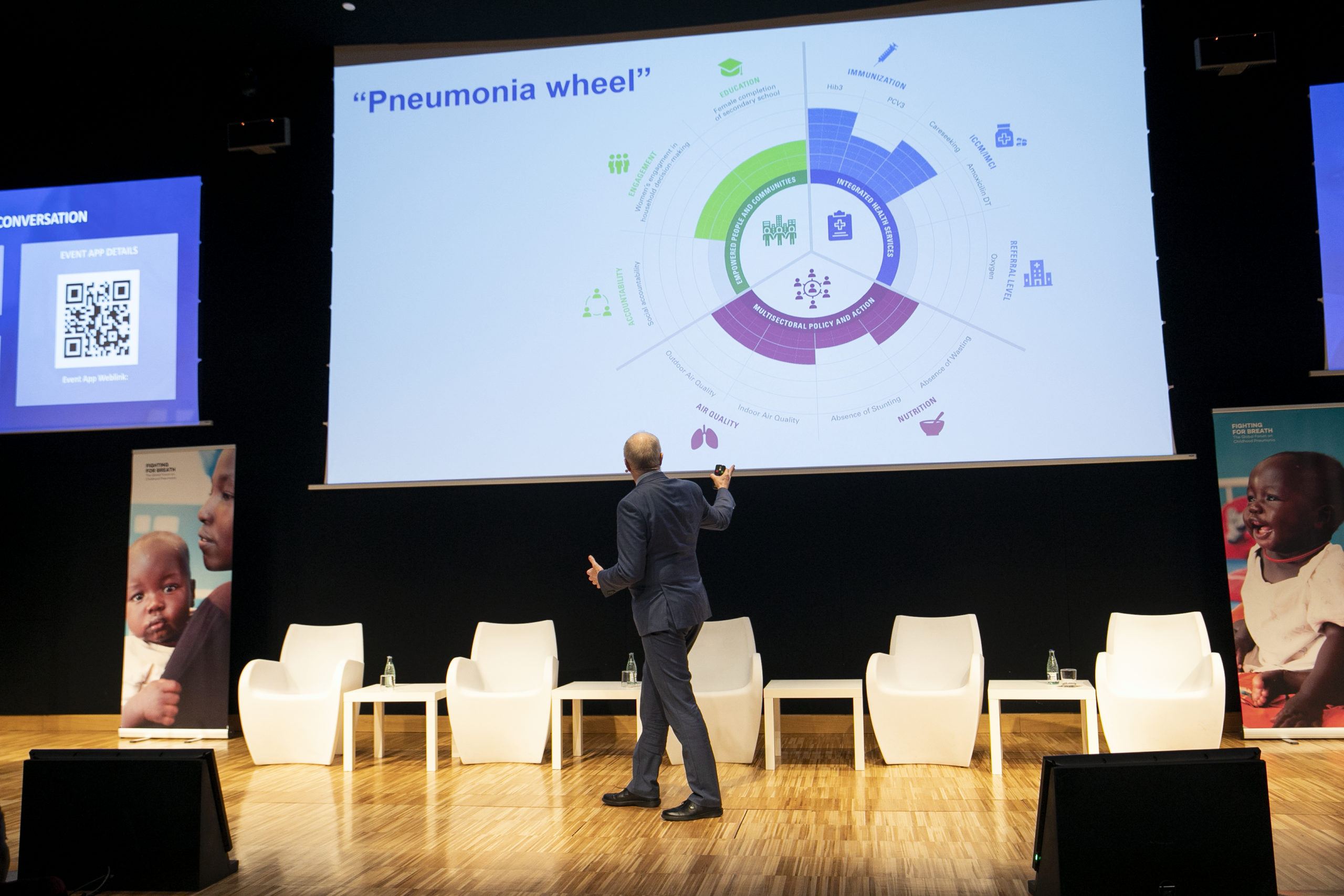
UNICEF’s Dr Stefan Peterson argued that we need to tackle pneumonia prevention, diagnosis, and treatment together, making sure all sections of the “pneumonia wheel” are full…
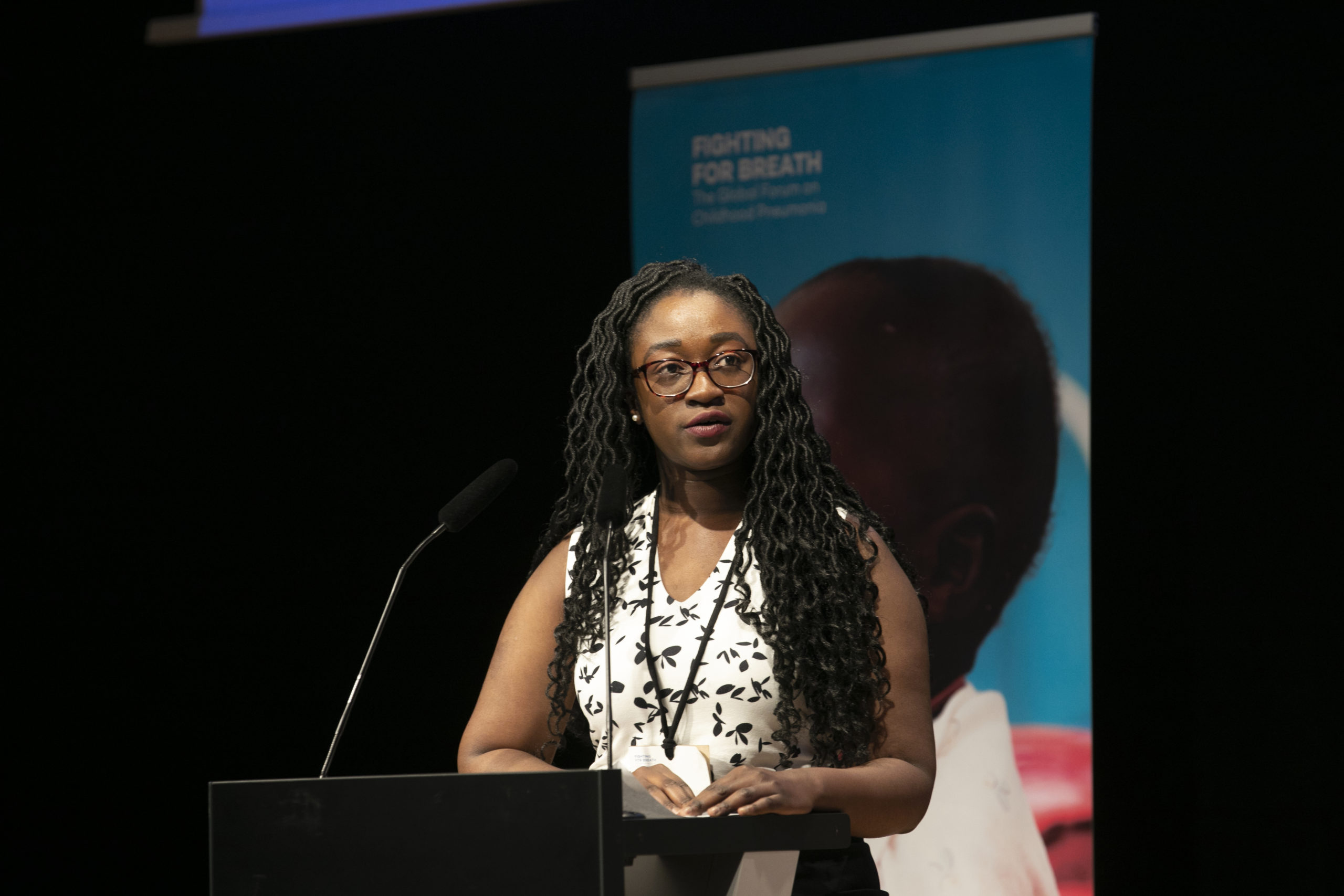
Next generation researchers like PhD student Lois King from the University of Edinburgh, Scotland, presented promising new avenues of inquiry that could deliver breakthrough solutions…
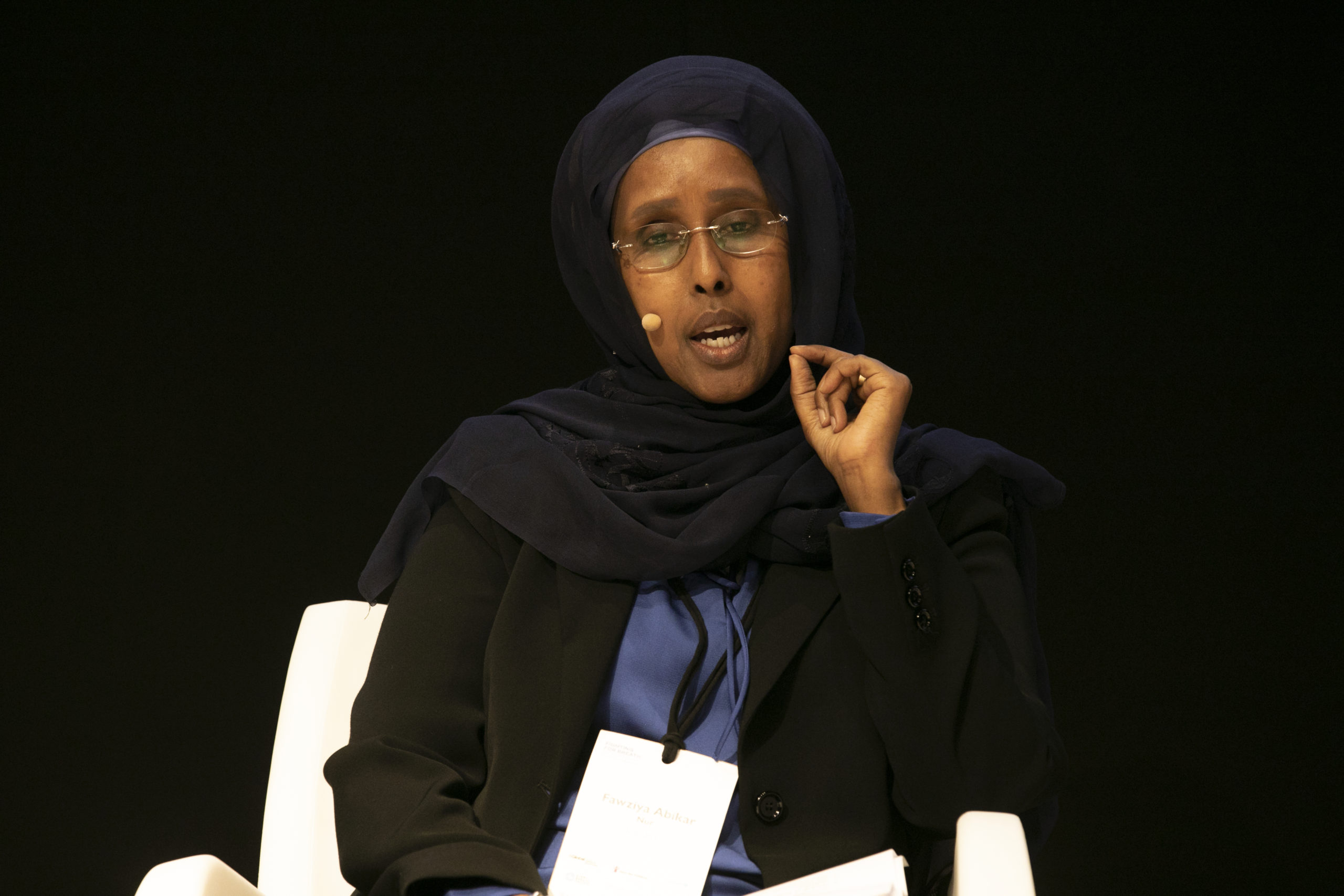
Somalia’s Health Minister, Dr Fawziya Abikar Nur, argued that special approaches were needed to reach children with pneumonia in humanitarian settings…
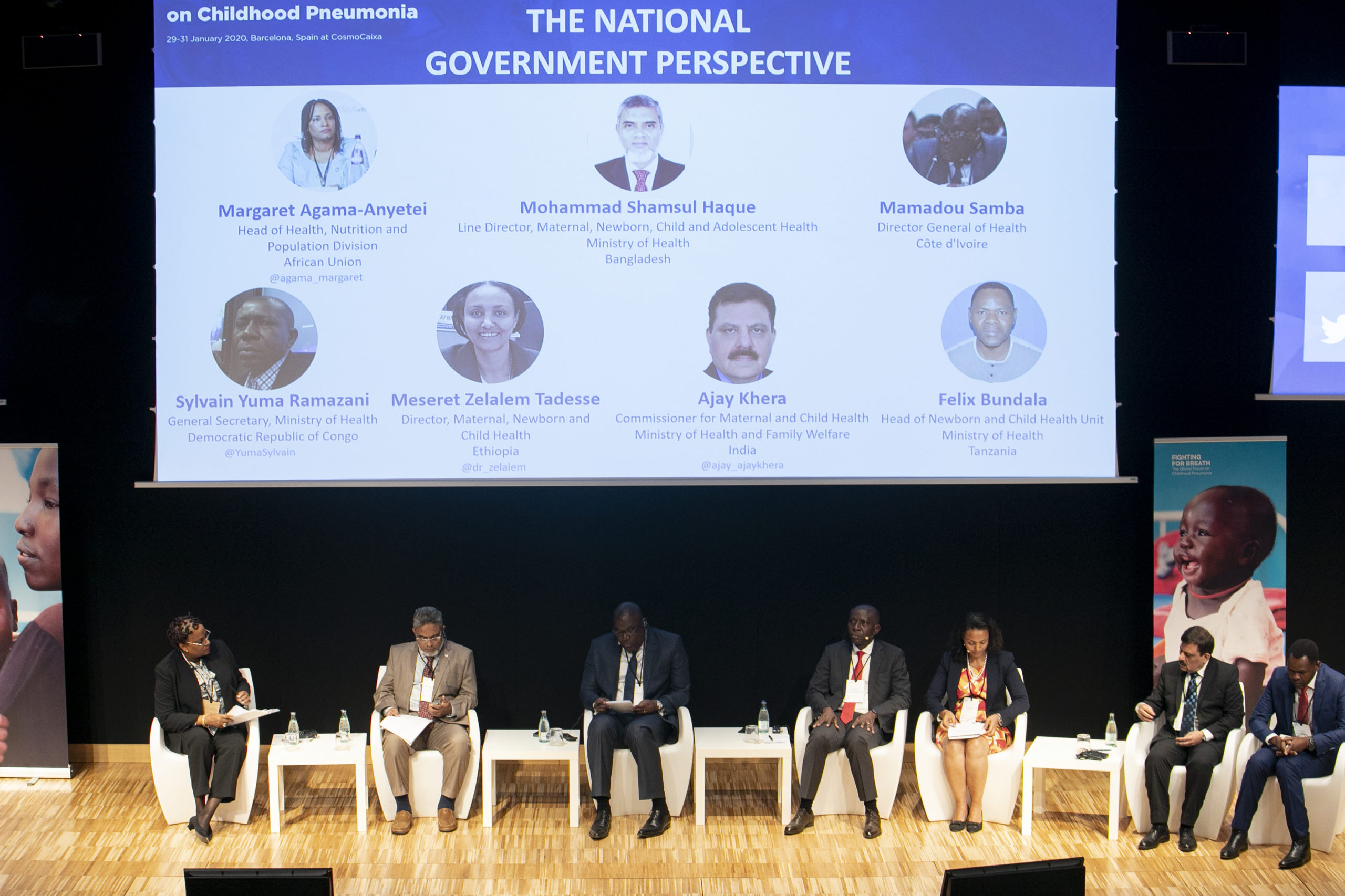
National Health Ministers called from greater support to increase vaccine coverage, improve care seeking, and timely, quality, affordable diagnosis and treatment…
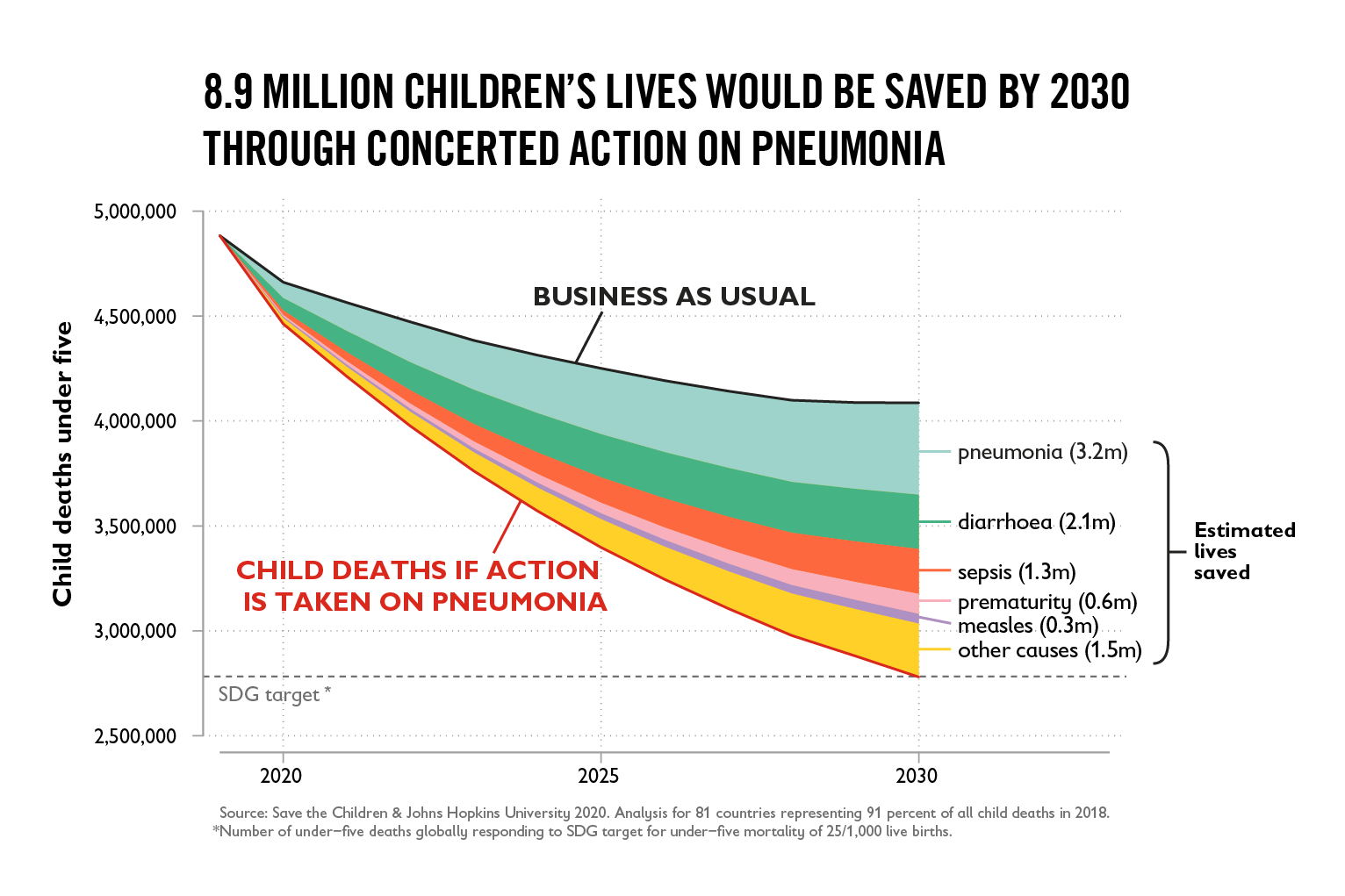
Johns Hopkins University estimated that action on pneumonia could prevent 9 million child deaths – 3.2 from pneumonia and 5.7 from other causes – between 2020 and 2030…
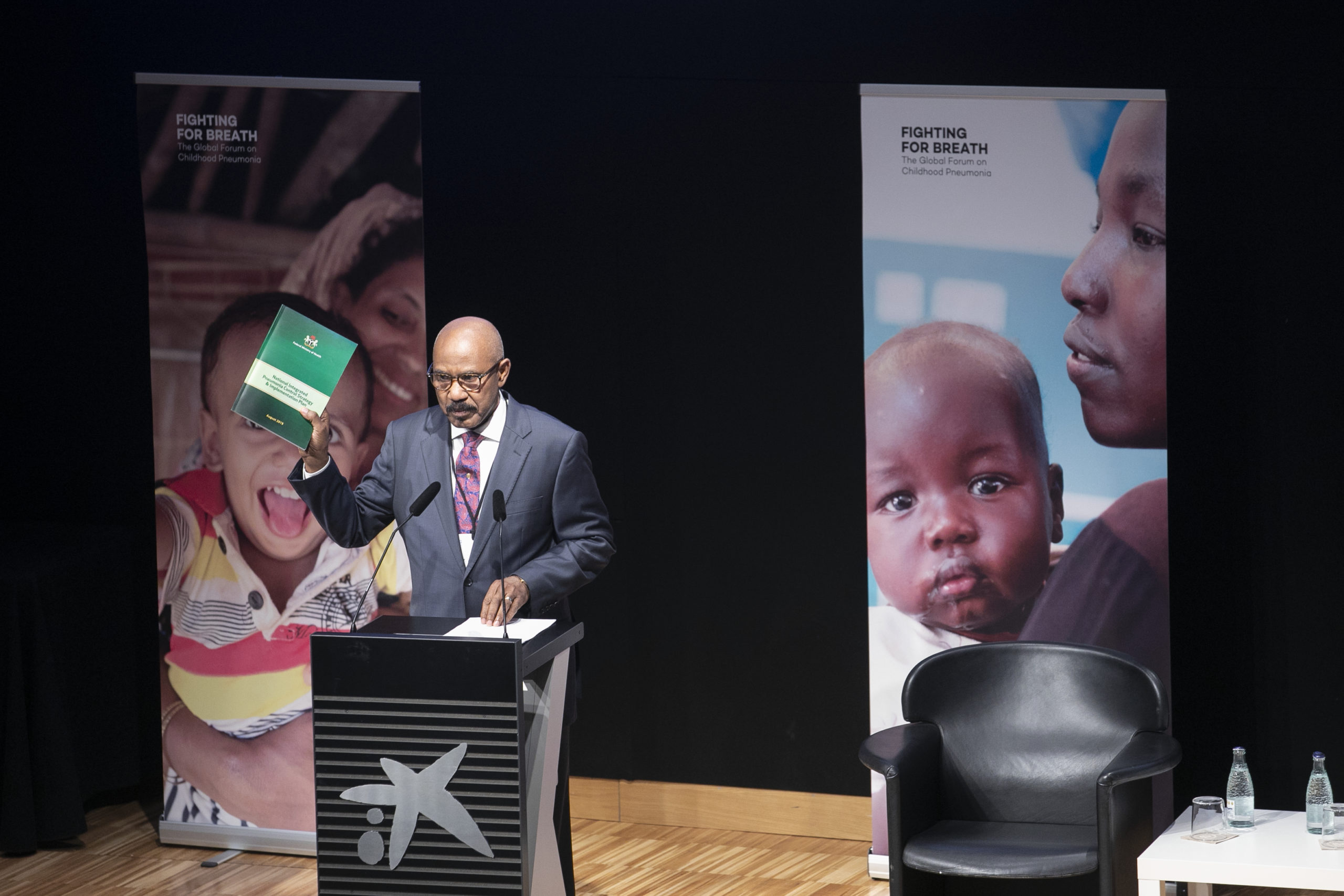
The Nigerian State Minister for Health, Dr Adeleke Mamora, unveiled the first national Pneumonia Control Strategy to reduce child pneumonia deaths…
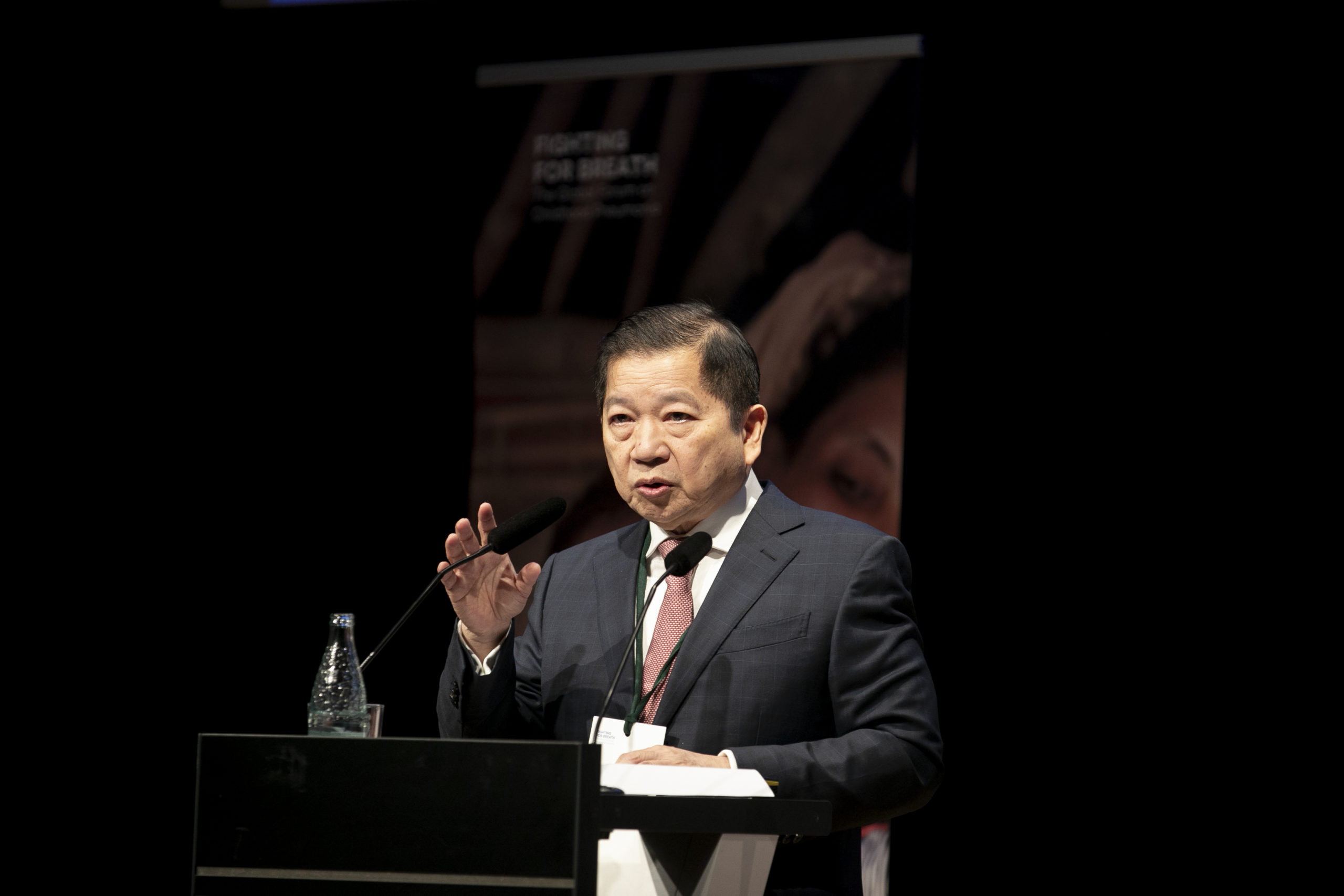
The Indonesian Minister for National Planning and Development, Suharso Monoarfa, announced the introduction of the PCV financed through Gavi…
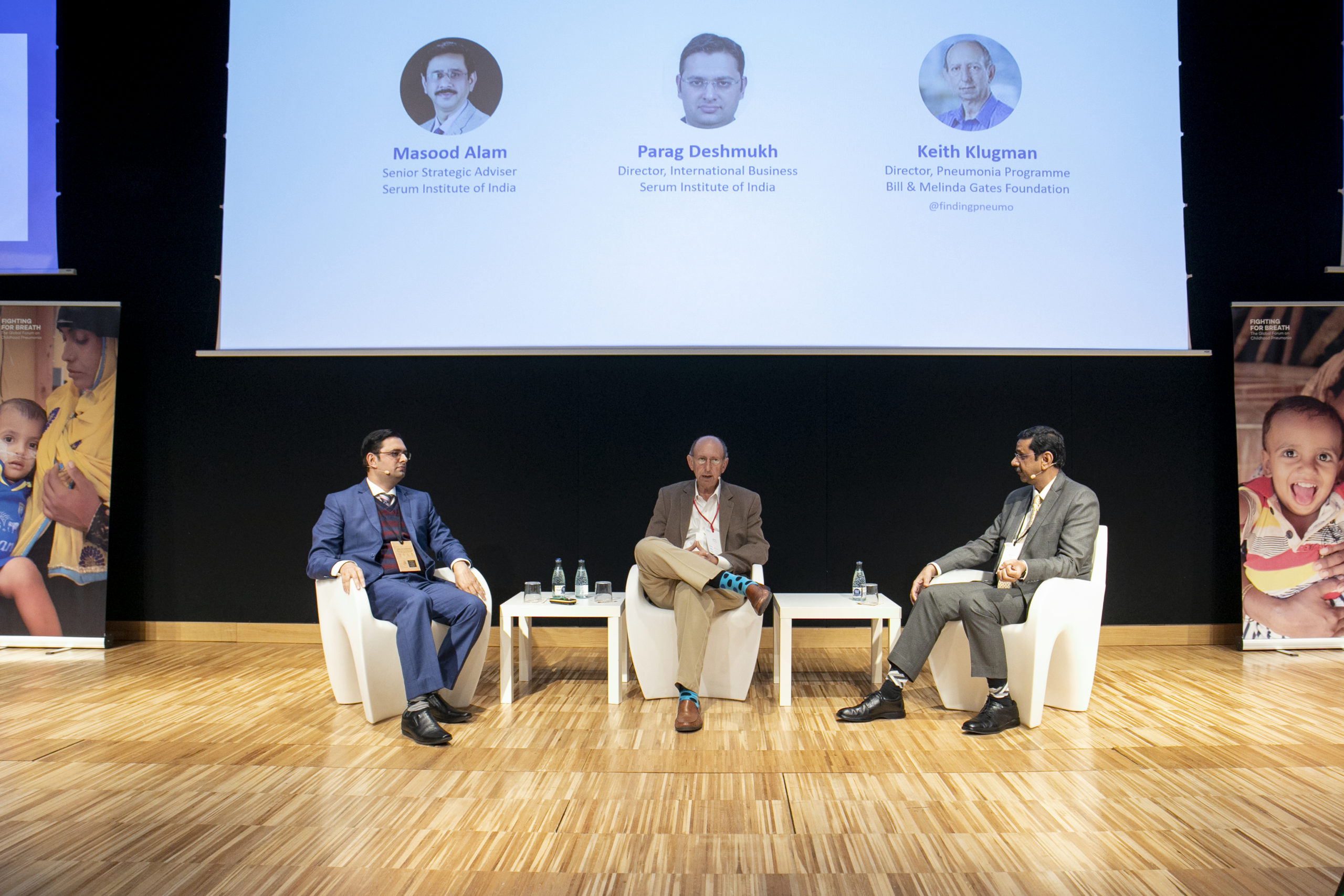
Dr Keith Klugman from the Bill & Melinda Gates Foundation discussed the new $US2 per dose pneumococcal vaccine with the Serum Institute of India…
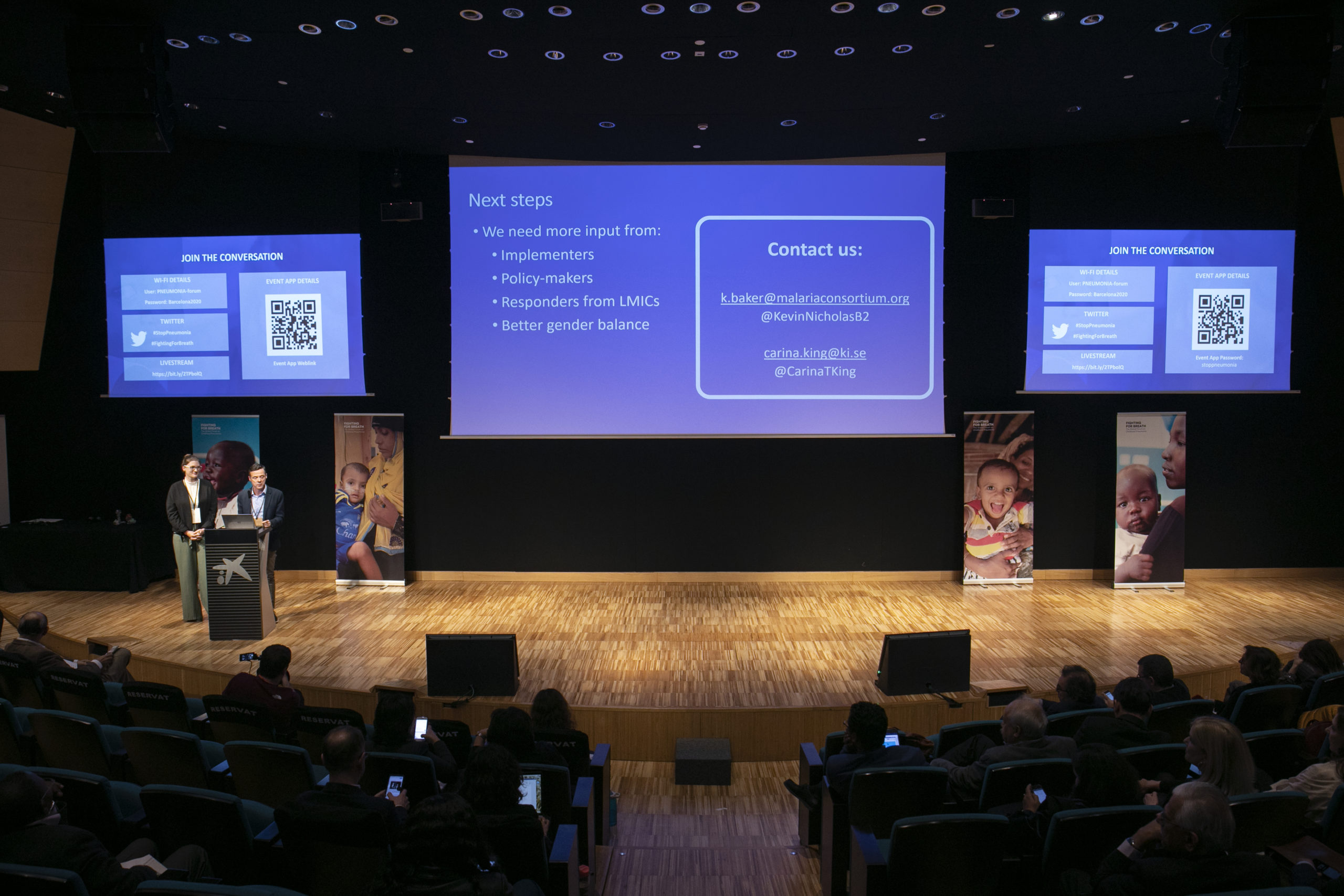
Dr Kevin Baker from Every Breath Counts called for more infectious disease research funding into childhood pneumonia which currently attracts just 3% of funding…
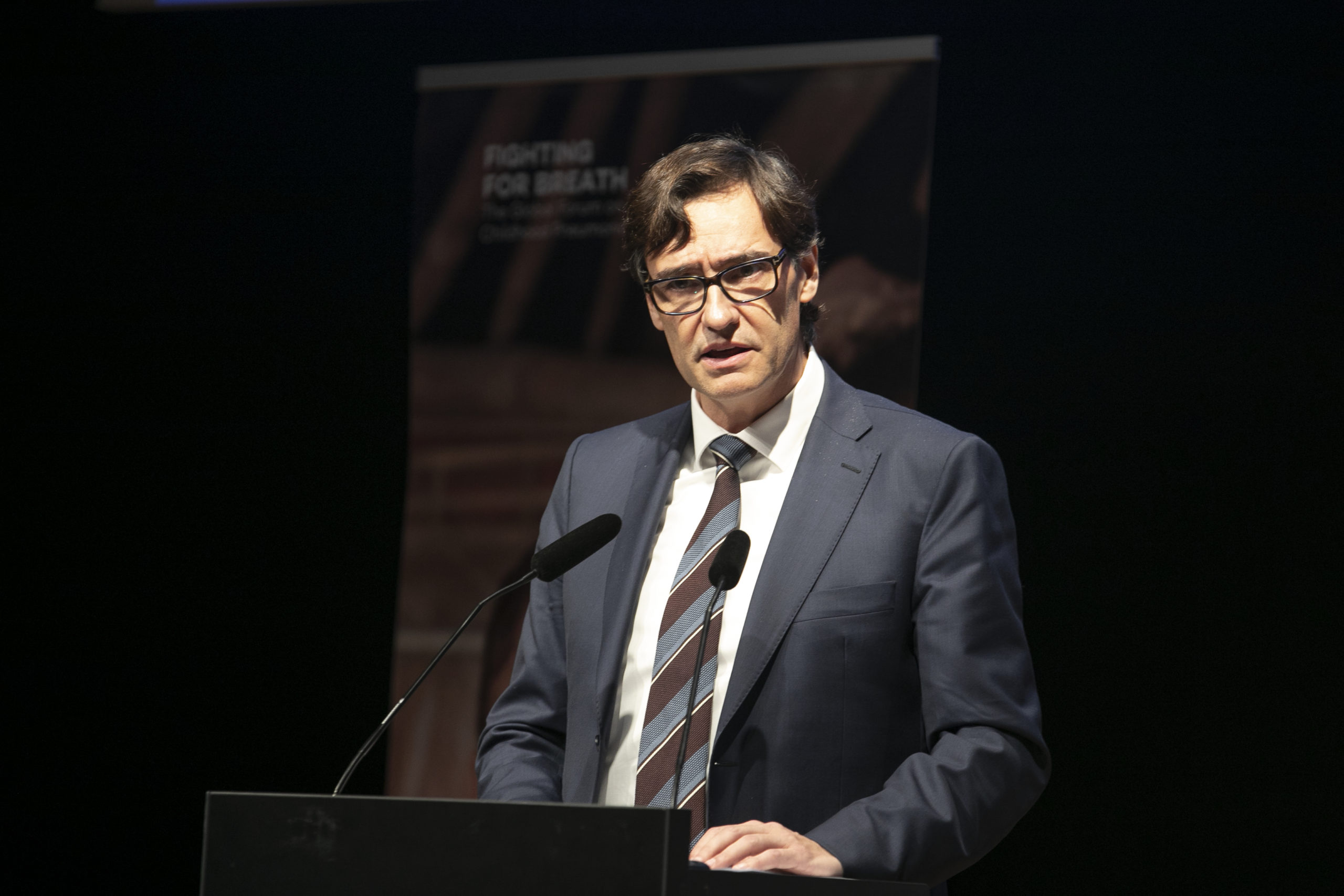
The Spanish Secretary of State for International Cooperation, Juan Pablo de la Iglesia, announced more support to Gavi to increase childhood vaccinations…
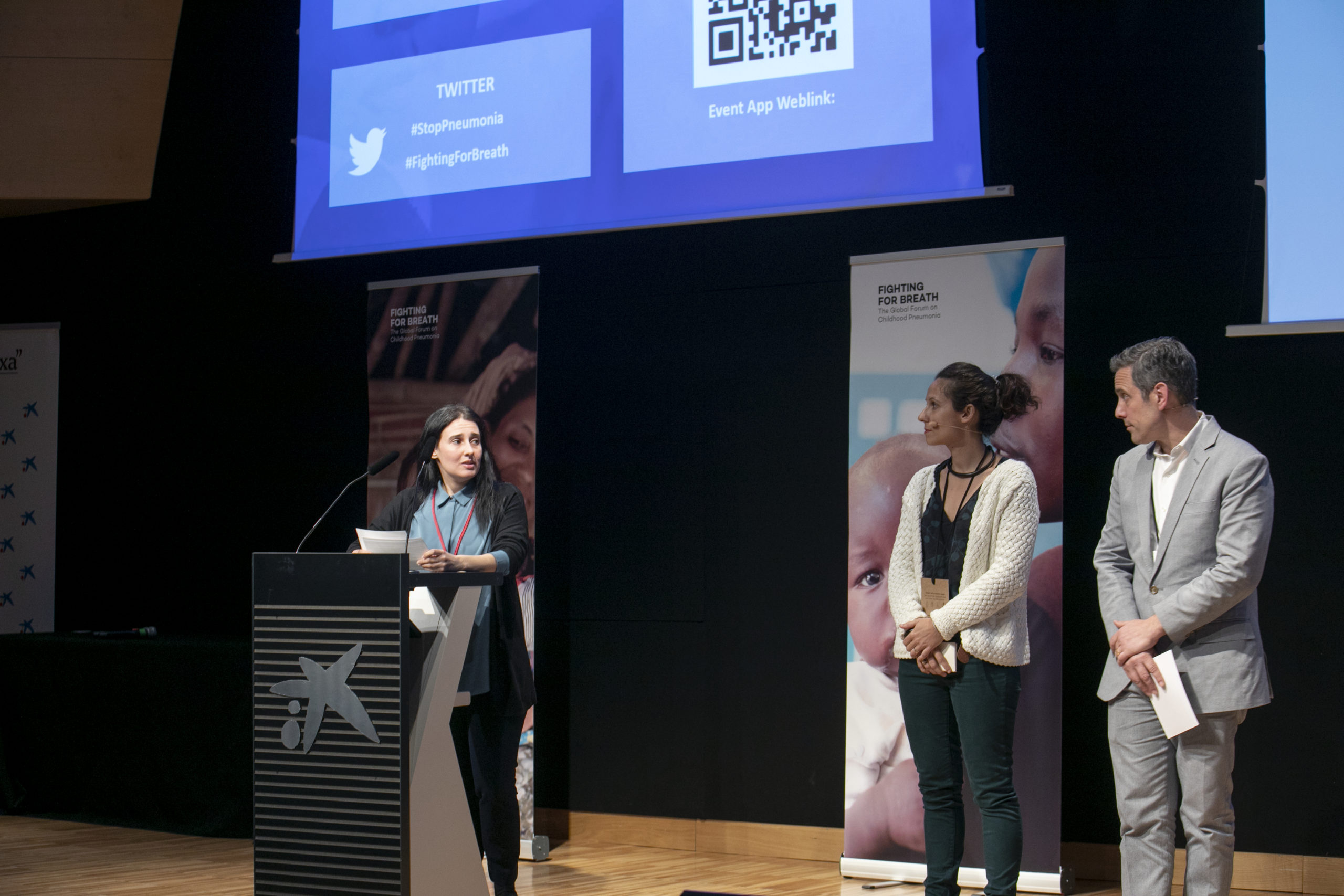
Unitaid announced $US43 million to improve access to pulse oximetry to improve diagnosis of sick children across nine countries, in partnership with NGOs PATH and ALIMA…
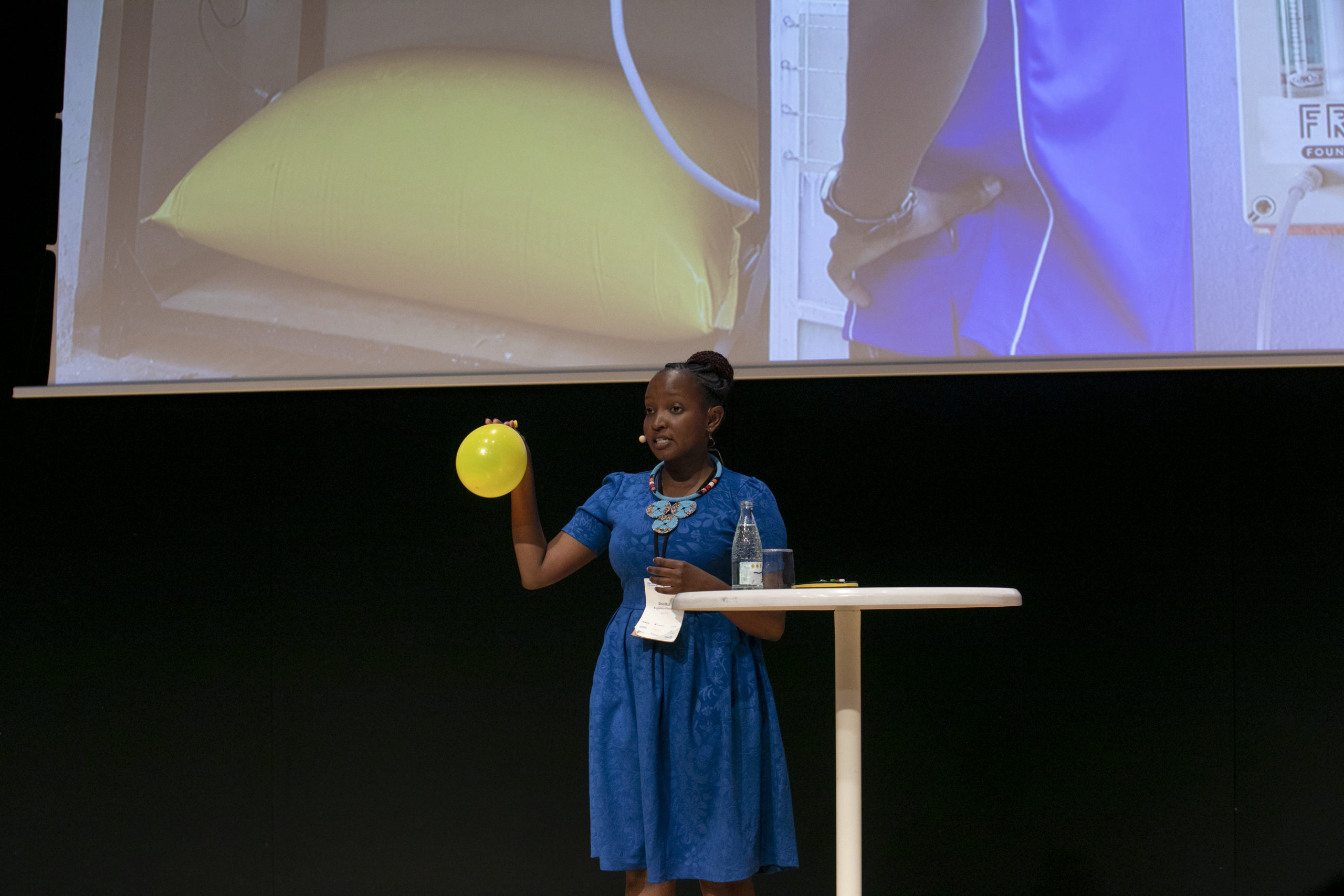
Sheillah Bagayana described how the FREO2 team was transforming access to medical oxygen across primary health care facilities in Uganda and Tanzania with their OxyLink solution…
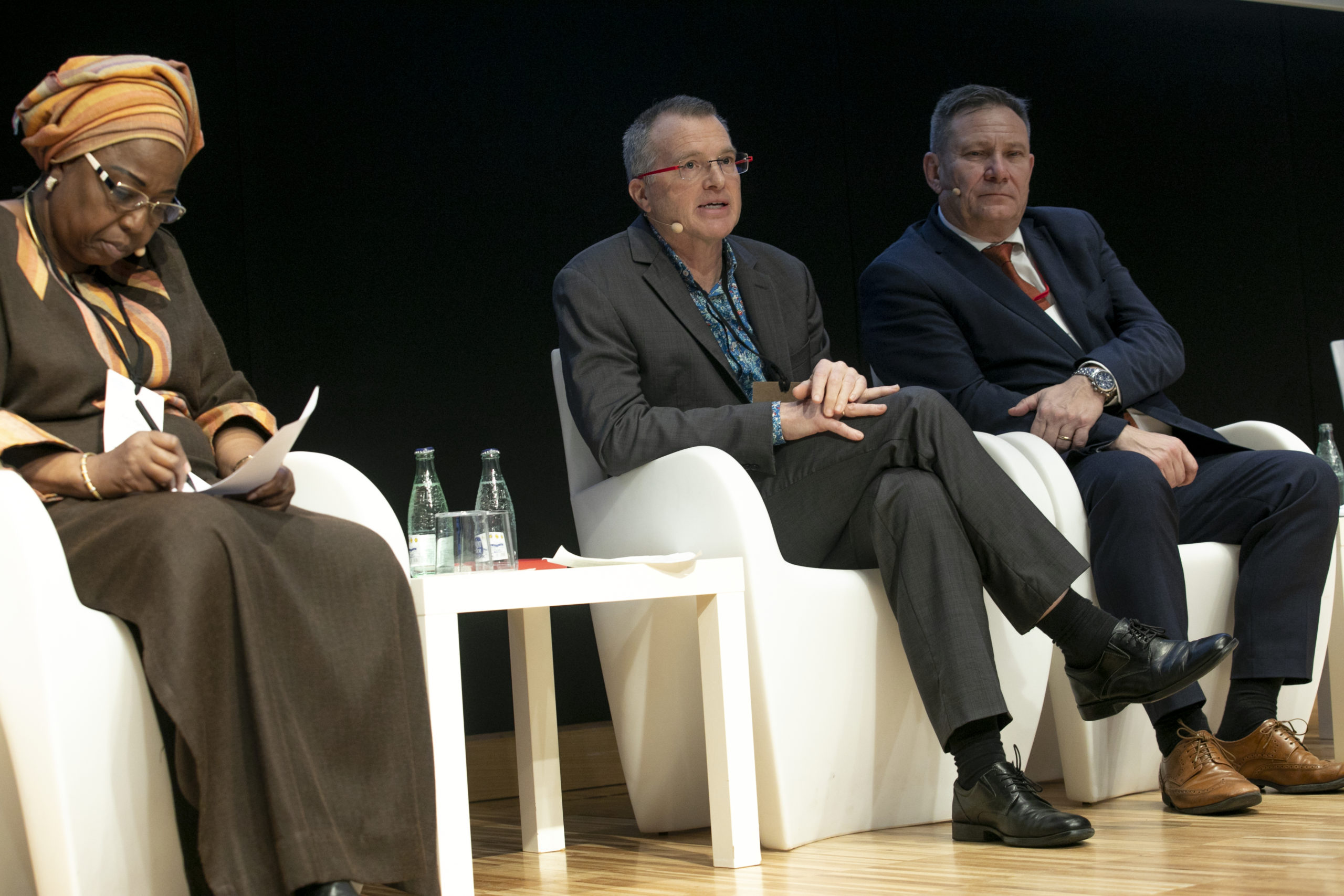
The Global Fund’s Michael Byrne encouraged governments to include the recommended pneumonia antibiotic – amoxicillin – in their Global Fund applications…
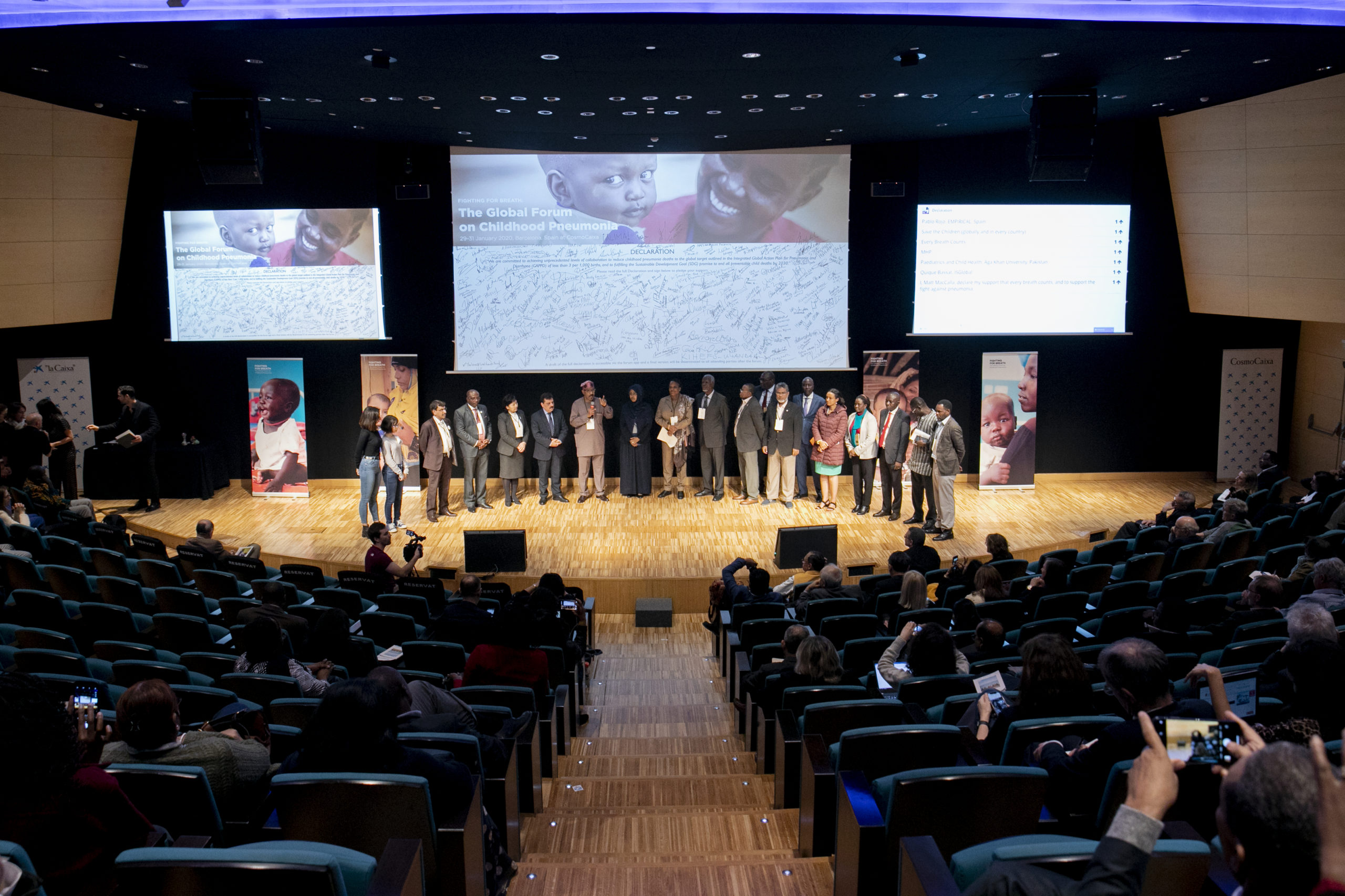
Talk is cheap… WE MUST ACT together to prevent the deaths of our children from pneumonia, delegates took to the stage and declared during the closing ceremony…


